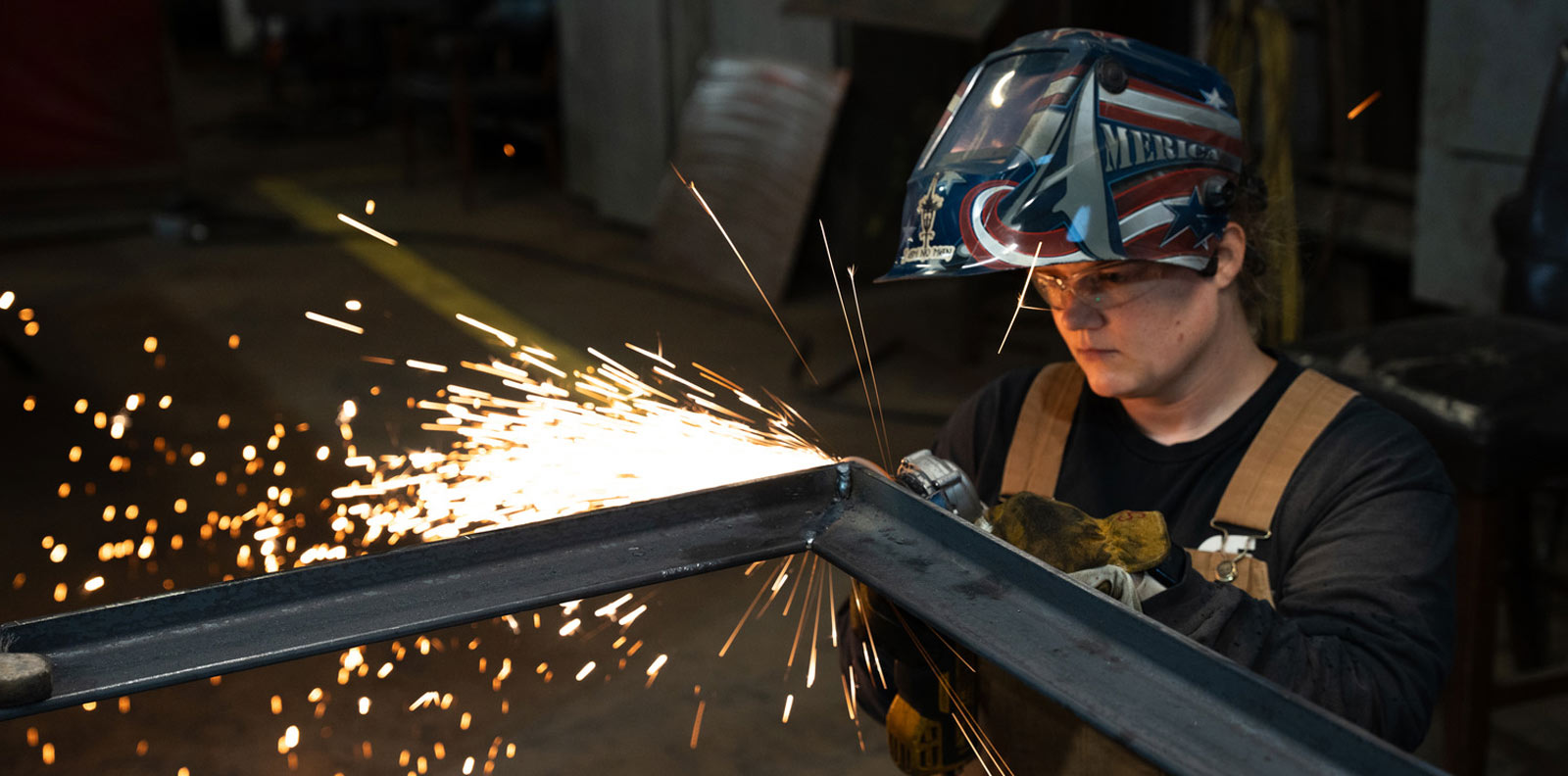RSI is a Great Training Option for Everyone
Learn more about how we can prepare you to advance your career.
There are regulations for many industries including HVAC. Air balancing an HVAC system is one of them.
Let’s examine the importance of air balancing in HVAC.
What is air balancing?
Simply put, air balancing is a process of checking that an HVAC system is running efficiently enough for the occupants to be comfortable. There are a couple of ways technicians can test this.
Those who graduated from an HVAC training program can actually get certified specifically in air balancing later in their career. The Associated Air Balance Council (AABC) and the National Environmental Balancing Bureau (NEBB) offer certifications for HVAC technicians with a minimum of three years of professional experience. Certified air balancing is in fact quite involved:
- A mechanical engineer creates mechanical drawings covering occupant desires, local codes, and ASHRAE standards.
- The air balancing company examines ducting, airflow, registers, unit performance, ventilation requirements, and building exhaust needs.
- The engineer compiles a list of CFM (cubic feet per minute) requirements with regard to supply, return, intake, exhaust, and ventilation opening.
- The building will be completely sealed/enclosed before air balancing.
- An opposed blade damper (OBD) is placed behind the face of each intake and exhaust opening.
- The technician will change all filters and ensure that all dampers are open before readings. Then, dampers are closed slowly to meet CFM requirements.
- Once the system is in tune, the technician locks down all dampers and other devices, so settings won’t change anymore. 1
What are problems can occur during air balancing?
The complex process of professional air balancing can be challenging for residential structures.
Get Started on the Path to a New Career
Fill out our form to learn how we can help you change your life.
- Missing dampers: If dampers are missing from ducts, technicians will find it difficult to adjust airflow to individual registers. Even if dampers are present, lack of access to the dampers can be another problem.
- Restrictive ducts: Inaccurate rule of thumb sizing can result in ducts that are too small to move the right amount of airflow. Poor installation conditions like kinks, sharp transitions, or poor fittings also lead to excessive pressure drops and poor airflow.
- Duct leakage: Airflow lost through duct leakage is unavailable at the register and will lead to airflow shortage. If a duct system has leaks, it is hard to control air.
- Blower problems: The fan speed settings of a blower may be set at factory default position, which may be inadequate for the building in question and unable to move the necessary airflow.
- Restrictive coils and filters: Newer coils have more fins and thicker slabs, reducing airflow. Incorrectly sized filers and lack of surface area can pose another obstacle to airflow. 2
To maintain proper air balance, each part of the HVAC system that could impact airflow should be checked regularly. Any obstacles should be corrected, so that the system can function efficiently. Proper air balance will increase customer comfort and energy efficiency.
Additional Sources
1 – http://www.modular.org/HtmlPage.aspx?name=comfort2_03
2 – http://www.achrnews.com/articles/135002-obstacles-to-air-balancing-residential-hvac-systems
This blog has been labeled as archived as it may no longer contain the most up-to-date data. For a list of all current blog posts, please visit our blog homepage at https://www.rsi.edu/blog/




